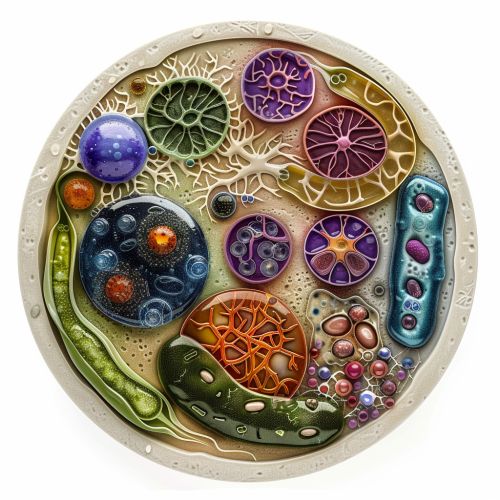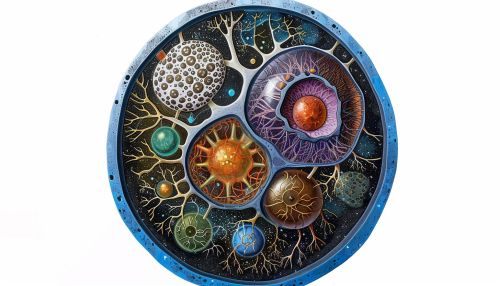Endosymbiosis
Overview
Endosymbiosis is a relationship between two different organisms where one organism lives inside the other. The term derives from the Greek words "endo-", meaning "within", and "symbiosis", which refers to living together. This process has been fundamental in shaping the complexity and diversity of life on Earth, particularly in the evolution of eukaryotic cells.


Types of Endosymbiosis
Endosymbiosis can be categorized into two main types: obligate and facultative endosymbiosis.
Obligate Endosymbiosis
In obligate endosymbiosis, the host and the endosymbiont are interdependent and cannot survive without each other. This type of endosymbiosis is often seen in insects, where the endosymbiont provides essential nutrients to the host that it cannot obtain from its diet.
Facultative Endosymbiosis
In facultative endosymbiosis, the endosymbiont lives inside the host but is not essential for the host's survival. The host may benefit from the relationship, but it can also survive without the endosymbiont.
Endosymbiotic Theory
The endosymbiotic theory, proposed by Lynn Margulis in the 1960s, suggests that certain organelles in eukaryotic cells, specifically mitochondria and chloroplasts, originated as free-living bacteria that were engulfed by a host cell. Over time, these bacteria evolved into organelles through a process of mutual adaptation and integration.
Evidence for Endosymbiotic Theory
Several lines of evidence support the endosymbiotic theory. These include the presence of double membranes around mitochondria and chloroplasts, similar to the double membranes of certain bacteria. Additionally, these organelles contain their own DNA, which is circular and similar to bacterial DNA. They also reproduce independently of the host cell through a process similar to bacterial binary fission.
Role in Evolution
Endosymbiosis has played a crucial role in the evolution of life on Earth. The acquisition of mitochondria and chloroplasts through endosymbiosis enabled the evolution of complex eukaryotic cells from simpler prokaryotic ancestors. This event, known as the eukaryogenesis, marked a major transition in the history of life, leading to the development of multicellular organisms and the diversification of life forms.
Endosymbiosis in Modern Organisms
Endosymbiosis continues to occur in modern organisms. For example, many insects harbor endosymbiotic bacteria that provide them with essential nutrients. Some corals and sea anemones have endosymbiotic algae that provide them with energy through photosynthesis. These relationships highlight the ongoing importance of endosymbiosis in shaping biodiversity.
